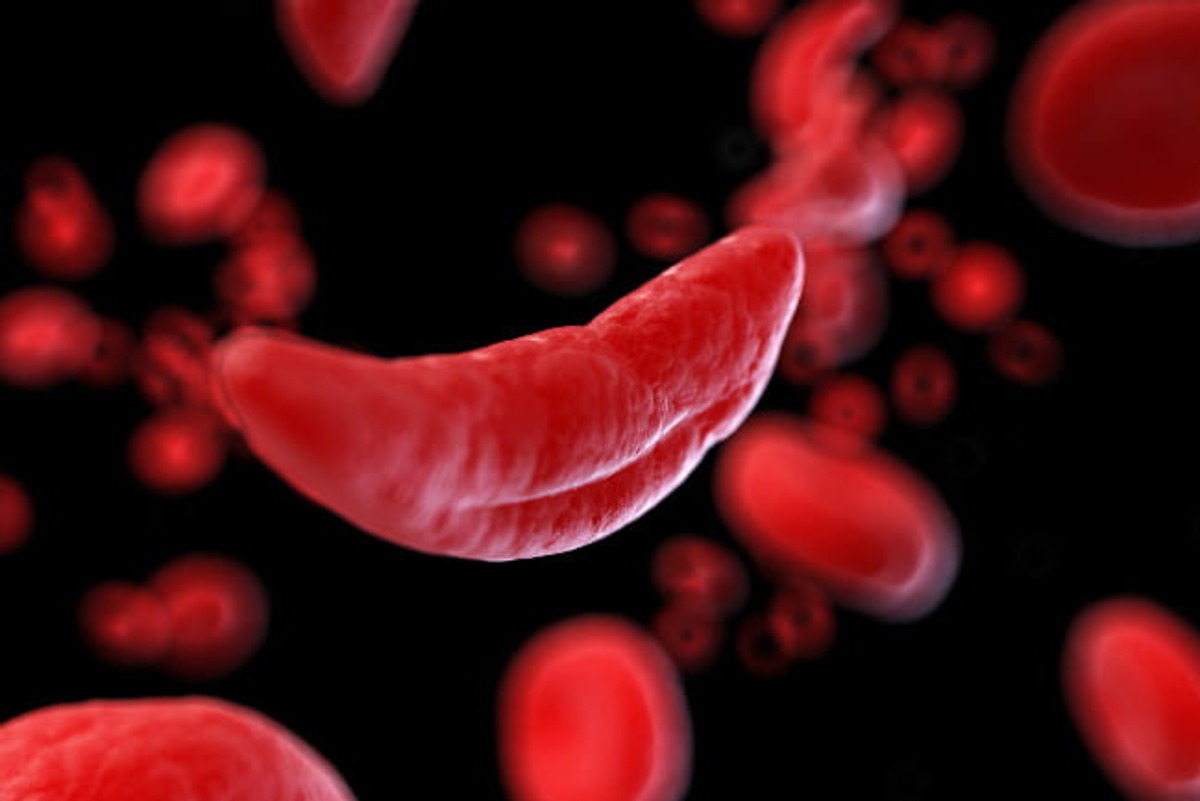The World Health Organization (WHO) has issued its first-ever global guidelines for the management of sickle cell disease (SCD) during pregnancy—a crucial step in addressing a major public health concern that endangers both maternal and neonatal outcomes. SCD is a serious genetic blood disorder that poses increased risks during pregnancy, leading to higher rates of complications and maternal mortality.
What is Sickle Cell Disease?
Sickle cell disease is a hereditary condition where red blood cells take on an abnormal, rigid, sickle-like shape. These misshapen cells can block blood flow, resulting in severe pain episodes, chronic anaemia, and a higher vulnerability to infections. SCD is especially prevalent in malaria-endemic regions, with sub-Saharan Africa bearing the greatest burden.
Pregnancy and SCD: A High-Risk Combination
Women with SCD face significantly elevated risks during pregnancy. The odds of maternal death, pre-eclampsia, stillbirth, and low birth weight are markedly higher compared to women without the condition. Recognizing these dangers, the new WHO guideline prioritizes tailored interventions to improve maternal and infant outcomes.
Key Elements of the WHO Guideline
The comprehensive guideline includes more than 20 evidence-based recommendations, with a focus on:
- Folic acid and iron supplementation
- Pain crisis management
- Infection prevention and control
- Individualised care plans tailored to each patient
- Addressing stigma and discrimination in healthcare settings
These measures aim to ensure women with SCD receive the compassionate, competent, and comprehensive care they need.
The Role of Multidisciplinary Care
Effective management of SCD in pregnancy relies on a coordinated team of healthcare professionals, including:
- Haematologists
- Obstetricians
- Midwives
- Paediatricians
This multidisciplinary approach promotes shared decision-making and enhances the quality of care across all stages of pregnancy and childbirth.
Bridging the Research Gap
Despite its widespread impact, sickle cell disease remains under-researched, especially concerning pregnant and lactating women. WHO underscores the urgent need for expanded clinical research to assess treatment safety and effectiveness for these vulnerable groups. The guideline is part of a broader push to integrate noncommunicable disease management into maternal health frameworks.
India’s National Response
India has responded to the SCD challenge through the National Sickle Cell Anaemia Eradication Mission, which aims to screen millions and accelerate the development of new therapies. Special emphasis is placed on tribal populations, who are disproportionately affected. The Indian government has pledged significant funding for drug innovation and public health infrastructure to support this mission.
Looking Ahead
The release of this guideline signals the beginning of a larger WHO initiative focused on chronic disease care during pregnancy. Future guidelines are expected to tackle other long-term conditions, reflecting a growing global awareness of their impact on maternal and neonatal health.



